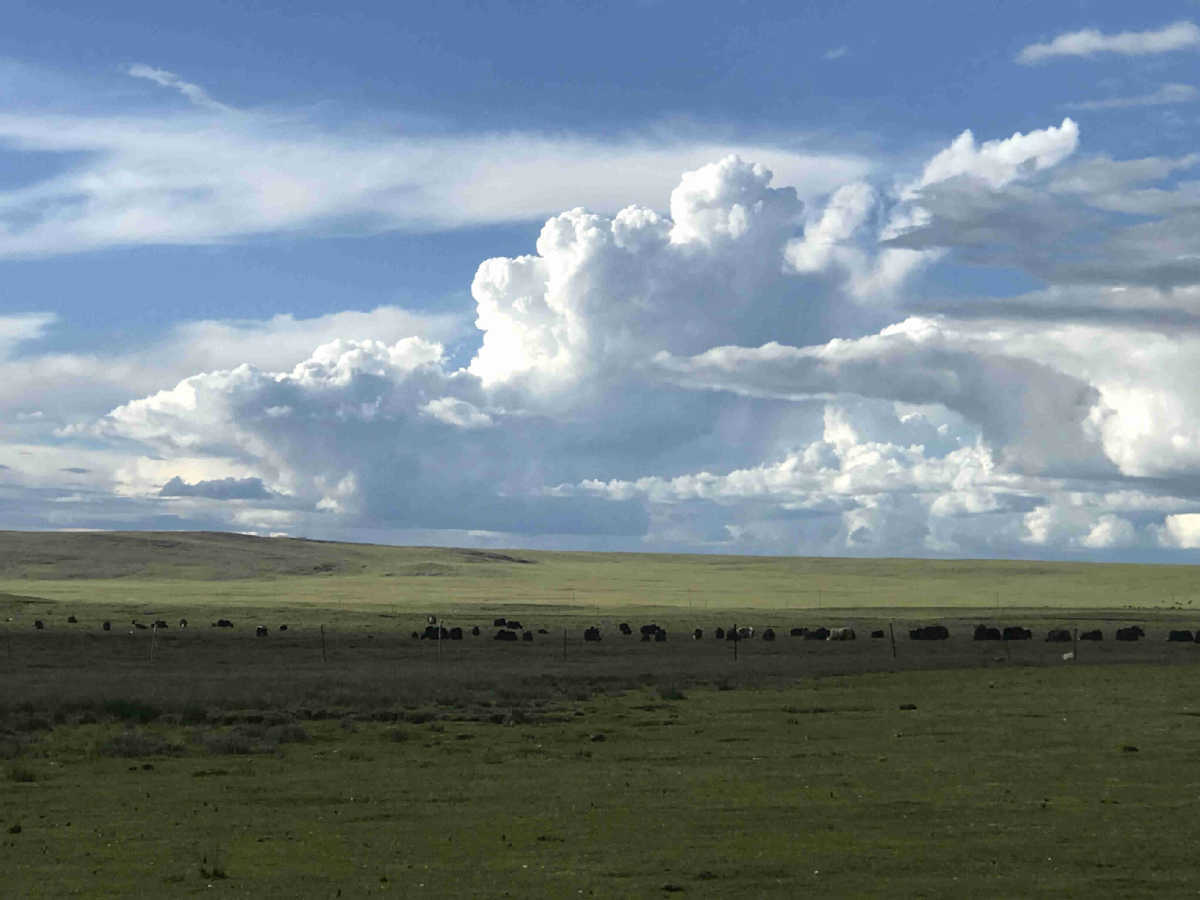Tibet owes its development to peaceful liberation
By Zhang Yongpan | China Daily | Updated: 2021-05-20 07:29

This year marks the 70th anniversary of the peaceful liberation of Tibet, an achievement of epoch-making significance. Tibet has been an inseparable part of China since ancient times. After the Yuan Dynasty (1271-1368) unified China in the 13th century, Tibet was officially incorporated into the central administration, and the Ming (1368-1644) and Qing (1644-1911) dynasties and the Republic of China (1912-1949) continued to exercise sovereignty over Tibet.
Tibet was a closed and backward feudal society before the Communist Party of China peacefully liberated it in 1951. Historical accounts by both Eastern and Western scholars reflect the terrible social and economic condition of Tibet before 1951. Religious leaders ruled people's minds, and serf owners and upper-class monks controlled the region's politics and economy.
British journalist Edmund Candler, who visited Lhasa in 1904, has recorded in detail the old Tibetan society in his book The Unveiling of Lhasa. Even the Dalai Lama group admits in the books it has published in recent years that the old Tibetan society was on the verge of collapse.
The British invaded Tibet in 1888 and 1904, acquiring many privileges and violating China's sovereignty.
After the end of World War II, the entire world was searching for a new development path. So the rule of feudal lords and religious leaders in Tibet was incompatible with the progress of global society.
Britain had to withdraw from South Asia after the end of World War II, and its geopolitical interests were taken over by Indian expansionists. And after gaining independence from Britain in 1947, India tried to replace its former suzerain to acquire benefits from Tibet.
Besides, the United States bribed some local Tibet officials and sent spies to the region while preparing to provide weapons for the Kashag (cabinet). And the religious regent hatched a conspiracy to expel Han Chinese from Tibet. As such, the international community wondered how the central government would handle the Tibetan issue after the People's Republic was founded in 1949. It did so through the peaceful liberation of Tibet.
Tibet's peaceful liberation can be divided into two parts. The first phase was from January to October in 1950 when the Chinese central government proposed to liberate Tibet. The local government of Tibet, incited by imperialist aggressors and dominated by separatists in the upper strata of the local administration, tried to halt the entry of the People's Liberation Army into Tibet. Their resistance ended in the Qamdo Battle, which opened the door to peaceful negotiations and created the necessary conditions for the peaceful liberation of Tibet.
The second phase was from November 1950 to May 1951 when the central government prohibited foreign forces from interfering in Tibetan affairs, introduced the PLA's policies to the Tibetans, and strived to gain the support of the local residents. Meanwhile, the Tibetan local government sent a delegation, headed by Ngapoi Ngawang Jigme, to negotiate with the central government in Beijing in April 1951.
The peaceful liberation of Tibet was finally achieved when the Agreement of the Central People's Government and the Local Government of Tibet on Measures for the Peaceful Liberation of Tibet (also known as the 17-Article Agreement) was signed on May 23, 1951.
The agreement clarifies the relationship between Tibet and the motherland, strengthens national defense and safeguards against the invasion of Tibet by foreign powers. It also emphasizes regional ethnic autonomy in Tibet, promotes unity between the Dalai Lama and the Panchen Lama, and protects the freedom of religion and Tibetan culture.
Before the agreement was signed, the 14th Dalai Lama was in constant contact with the Tibetan delegation. In July 1951, a representative of the central government arrived in Yatung city of Tibet with a letter written by Chairman Mao Zedong, which asked the Dalai Lama to return to Lhasa. In his letter, Chairman Mao said the agreement is in the interest of the Tibetan people and all other ethnic groups of China. On July 21, the Dalai Lama left Yatung for Lhasa. And on Oct 24, on behalf of the local government of Tibet, he made a public statement accepting in full the 17-Article Agreement.
The peaceful liberation of Tibet promoted China's ethnic unity and demonstrated the Party's philosophy to deal with issues concerning the ethnic groups. The agreement adheres to the principle of peacefully defending national sovereignty and dignity, and integrates Tibet into the Chinese nation. It also marks the failure of the Tibetan separatist forces, and emphasizes that the Tibet autonomous region will realize political, economic and cultural development.
Needless to say, the agreement is the cornerstone of social reform in Tibet, and allows farmers and herdsmen to own the land and the pastures, ending the exploitation and oppression of the Tibetan people.
The peaceful liberation of Tibet also promoted social stability in the region. The 17-Article Agreement is a milestone in Tibet's history because it prevented Western colonial forces from occupying the region, allowed the Tibetan people to enjoy freedom, and guided the Tibetan society in the right direction.
The author is a researcher of Chinese Borderland Research Institute, Chinese Academy of Social Sciences. The views do not necessarily reflect those of China Daily.
























